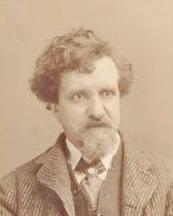 W
WJohn Noble Barlow (1861–1917) was a prominent English artist at the turn of the twentieth century, known predominantly as a landscape and seascape painter.
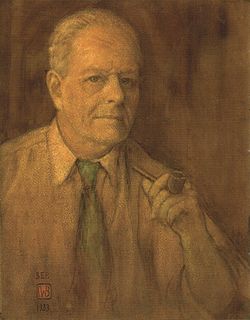 W
WCharles William Bartlett was an English painter and printmaker who settled in Hawaii.
 W
WAmy Katherine Browning; Amy Dugdale; Amy Katherine Dugdale was a British Impressionist painter.
 W
WGeorge Paul Chalmers was a Scottish landscape, marine, interior and portrait painter.
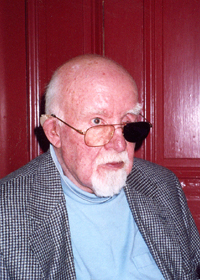 W
WJack Banham Coggins was an artist, author, and illustrator. He is known in the United States for his oil paintings, which focused predominantly on marine subjects. He is also known for his books on space travel, which were both authored and illustrated by Coggins. Besides his own works, Coggins also provided illustrations for advertisements and magazine covers and articles.
 W
WDawson Dawson-Watson (1864–1939) was a British-born Impressionist painter who became famous in 1927 for winning the largest cash prize in American art, the Texas Wildflower Competitive Exhibition. He was one of the first members of the famous Impressionist colony in Giverny, France and was a prominent teacher in Hartford, Connecticut, St. Louis, Missouri and San Antonio, Texas.
 W
WWilfrid Gabriel de Glehn was an Impressionist British painter, elected to the Royal Academy in 1932.
 W
WWynford Dewhurst RBA was an English Impressionist painter and notable art theorist. He spent considerable time in France and his work was profoundly influenced by Claude Monet.
 W
WThomas Francis Dicksee (1819–1895) was an English painter born in Condom. He was a portraitist and painter of historical, genre subjects often inspired by the works of Shakespeare.
 W
WArthur Vidal Diehl was a prominent English impressionist landscape artist.
 W
WEdward Stott was an English painter of the late Victorian to early Twentieth Century period. He trained in Paris under Carolus Duran and was strongly influenced by the Rustic Naturalism of Bastien-Lepage and the work of the Impressionists which he married with the English landscape tradition of John Linnell and Samuel Palmer. In the mid 1880s he settled in rural Sussex where he was the central figure in an artistic colony. His forte was painting scenes of domestic and working rural life and the surrounding landscapes often depicted in fading light. Stott's work achieved critical and commercial success at home and in Europe in his lifetime but his style of painting became unfashionable in the aftermath of the Great War and much of his work is now neglected and unconsidered.
 W
WFrederick Hall, often known as Fred Hall, was an English impressionist painter of landscapes, rustic subjects, and portraits who exhibited at the Royal Academy and the Paris Salon, where he was awarded a gold medal in 1912. He was an important member of the Newlyn School, in Cornwall, and is notable for both his series of witty caricatures of his fellow Newlyn artists and his artistic development away from the strict realism of the Newlyn School towards impressionism.
 W
WJoseph Henderson (1832–1908) was a Scottish landscape painter, genre painter, portrait painter and marine painter. His genre was particularly painting working men such as shepherds, crofters, pedlars, cobblers, fishermen and farm labourers. However he also painted Scottish country and coastal scenery.
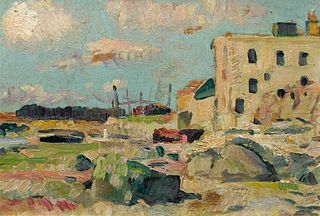 W
WGeorge Leslie Hunter was a Scottish painter, regarded as one of the four artists of the Scottish Colourists group of painters. Christened simply George Hunter, he adopted the name Leslie in San Francisco, and Leslie Hunter became his professional name. Showing an aptitude for drawing at an early age, he was largely self-taught, receiving only elementary painting lessons from a family acquaintance. He spent fifteen formative years from the age of fifteen in the US, mainly in California. He then returned to Scotland, painting and drawing there and in Paris. Subsequently, he travelled widely in Europe, especially in the South of France, but also in the Netherlands, the Pas de Calais and Italy.
 W
WDugald Sutherland MacColl was a Scottish watercolour painter, art critic, lecturer and writer. He was keeper of the Tate Gallery for five years.
 W
WPaul Fordyce Maitland was a British painter; one of the first Impressionists there. Most of his works are landscapes and urban scenes in and around Chelsea.
 W
WAlexander Mann was a Scottish landscape and genre painter. He was a member of New English Art Club and Royal Institute of Oil Painters.
 W
WWilliam McTaggart was a Scottish landscape and marine painter who was influenced by Impressionism.
 W
WJames Campbell Noble was a Scottish painter. He signed his paintings, mostly in the left hand bottom corner, as J.C. Noble or as J.Campbell Noble.
 W
WRoy Petley is a British painter.
 W
WVictor Noble Rainbird was a painter, stained glass artist and illustrator.
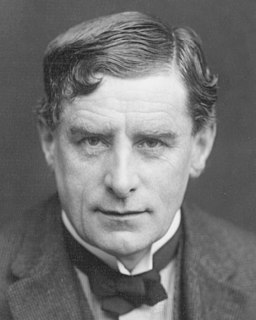 W
WWalter Richard Sickert was a British painter and printmaker who was a member of the Camden Town Group of Post-Impressionist artists in early 20th-century London. He was an important influence on distinctively British styles of avant-garde art in the mid- and late 20th century.
 W
WAlfred Sisley was an Impressionist landscape painter who was born and spent most of his life in France, but retained British citizenship. He was the most consistent of the Impressionists in his dedication to painting landscape en plein air. He deviated into figure painting only rarely and, unlike Renoir and Pissarro, found that Impressionism fulfilled his artistic needs.
 W
WSydney Starr was an English Impressionist painter who spent the latter part of his career in the United States. In addition to urban and parkland scenes, he also did portraits.
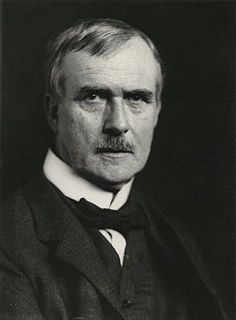 W
WPhilip Wilson Steer was a British painter of landscapes, seascapes plus portraits and figure studies. He was also an influential art teacher. His sea and landscape paintings made him a leading figure in the Impressionist movement in Britain but in time he turned to a more traditional English style, clearly influenced by both John Constable and J. M. W. Turner, and spent more time painting in the countryside rather than on the coast. As a painting tutor at the Slade School of Art for many years he influenced generations of young artists.
 W
WWilliam Stott (1857–1900), was a painter born in Oldham, Lancashire, England.
 W
WAlgernon Talmage (1871–1939) was a minor British Impressionist painter.
 W
WHenry Tonks, FRCS was a British surgeon and later draughtsman and painter of figure subjects, chiefly interiors, and a caricaturist. He became an influential art teacher.